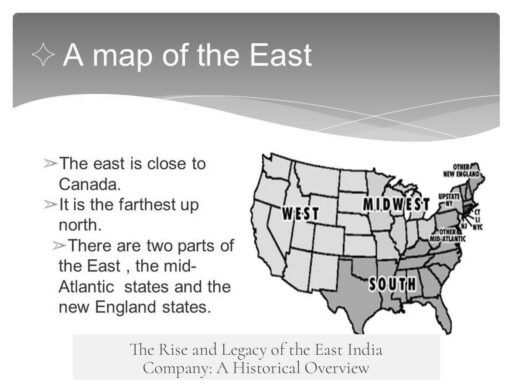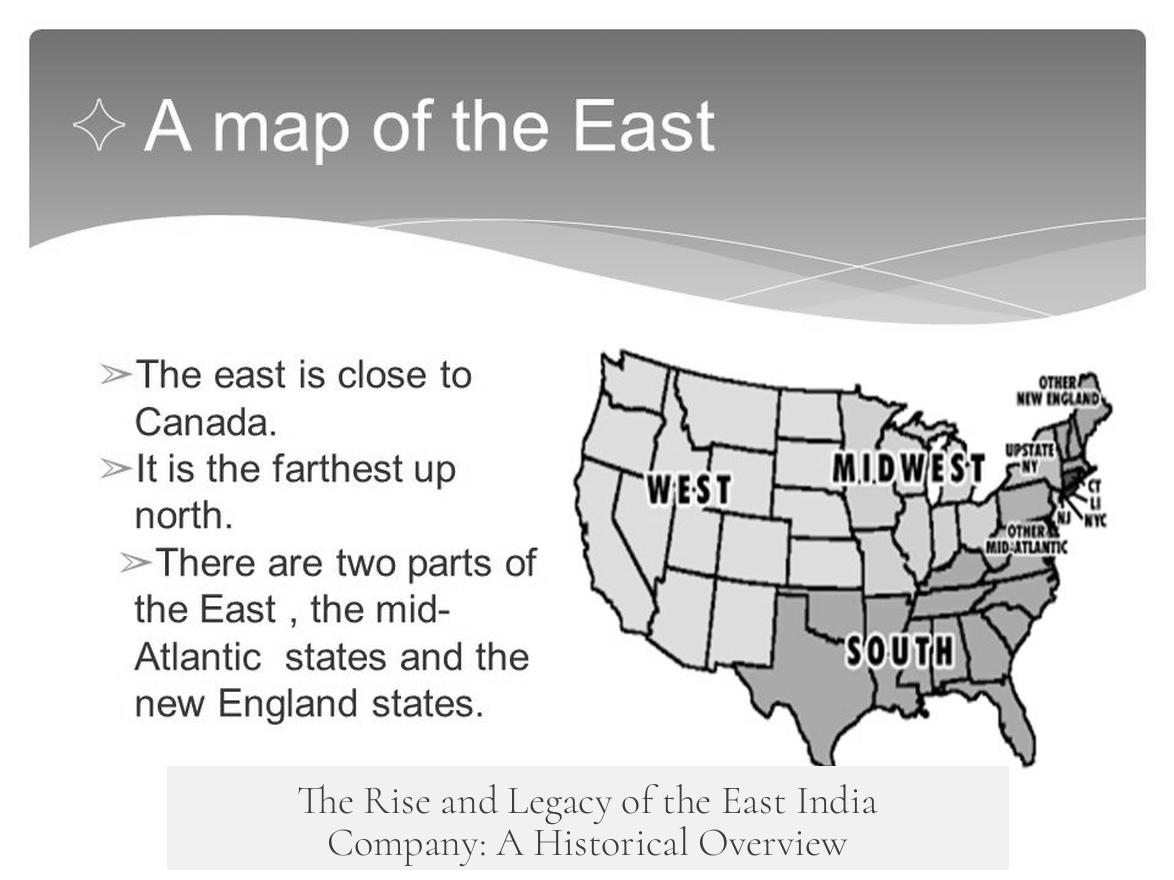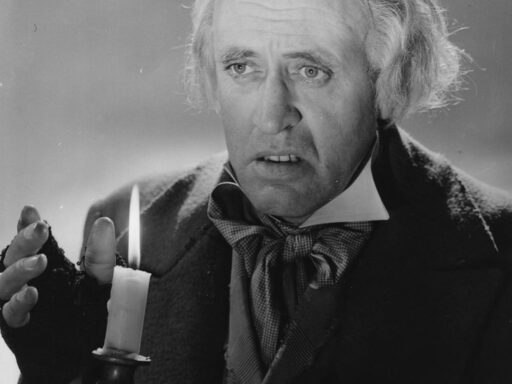The East India Company (EIC) was a powerful trading and political entity that existed from 1600 to 1874, primarily known for its role in India and its evolution from a commercial enterprise into a territorial power.
The term “East India Company” refers to multiple companies established by different European nations, including Dutch, French, Portuguese, Danish, Swedish, Prussian, and Austrian ventures. The most recognized among these are the English and Dutch companies. The “English East India Company,” which later became known as the “British East India Company,” was officially formed on December 31, 1600, when Queen Elizabeth I granted a charter to a group of 215 merchants. This company held a monopoly over trade between the Cape of Good Hope and the Strait of Magellan, an area far broader than the modern concept of the “East Indies.”
In 1698, due to financial disputes with King William III, a new company called the “English Company trading to the East Indies” was chartered. These two entities merged in 1709, forming the “United Company of Merchants of England trading to the East Indies.” This merged entity functioned throughout the 18th and 19th centuries, finally dissolving formally in 1874. However, its role as a political and economic power ended earlier, in 1858, when the British government assumed control over India following the Government of India Act.
The company’s early activities mainly involved trade. It established trading outposts and settlements in India, notably Surat in the 1610s, and later in Madras, Bombay, and Calcutta. These locations became vital hubs for trading goods such as cotton, silk, indigo, and saltpetre. The Company primarily operated as a commercial trading firm during the 17th century, gradually gaining more rights and privileges from the Crown, expanding its presence along the Indian coastline.
The East India Company’s turning point came in the mid-18th century. European conflicts like the War of Austrian Succession and the Seven Years War extended to India, where British and French companies fought for influence through local rulers. The Company’s victory over Bengal in 1757 marked its transformation from a mercantile operation to a territorial ruler. This conquest was the foundation of its sovereignty in India, effectively making it a state actor with administrative powers over territories.
Between 1757 and 1857, the Company extended its control over large parts of India. It clashed with regional powers such as the Maratha Confederation, the Sultanate of Mysore, and the Sikh Empire. By the time of the Indian Rebellion of 1857, the Company was the formal administrator of most Indian territories and surrounding regions like Lower Burma.
Despite territorial gains, the Company’s finances worsened due to prolonged wars, corruption, and the maintenance of a large military force, which numbered around 340,000 men by 1857. These factors led to its financial decline starting in 1773. The Company’s trade monopoly was eroded and finally revoked by 1833, reducing it to an administrative role rather than a commercial one.
The Indian Rebellion of 1857 exposed major flaws in Company rule. In response, the British Crown took direct control of India in 1858, initiating the period known as the British Raj. This transition ended the Company’s political and military functions, although it formally existed until 1874. The Company’s activities significantly shaped India’s political structure, economy, and society, laying the groundwork for British colonial rule for nearly a century.
The ongoing support between the British Crown and the East India Company was key to its survival and influence. The Crown subsidized the Company financially and protected it from bankruptcy, especially during critical periods such as the financial crisis of 1773. This mutual relationship allowed the Company to operate as a quasi-governmental body for centuries.
| Period | Key Event | Significance |
|---|---|---|
| 1600 | Formation of English East India Company | Granted trade monopoly by Queen Elizabeth I |
| 1709 | Merging of English East India Companies | Creation of “United Company,” beginning British East India Company |
| 1757 | Conquest of Bengal | Transition from trade company to territorial power |
| 1833 | Loss of trade monopoly | Company becomes administrator, not trader |
| 1858 | British Crown takes control of India | End of Company’s political power post-Indian Rebellion |
| 1874 | Formal dissolution | Company officially ceases to exist |
- The East India Company began as a trading monopoly in 1600 and evolved into a territorial power by 1757.
- The Company controlled key Indian regions until 1858, when Britain assumed direct rule.
- Financial problems and political challenges reduced its trading role, transforming it into a colonial administrator.
- The British East India Company laid the foundation for the British Raj, influencing India’s modern history significantly.
What is up with the East India Company?
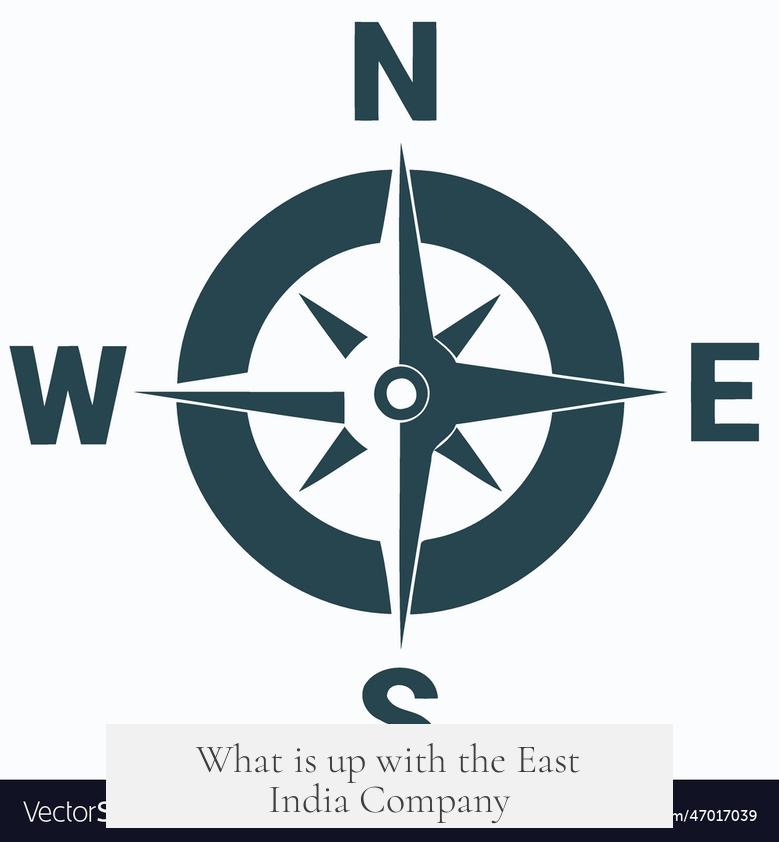
Simply put, the East India Company is a legendary, complex, and somewhat controversial organization that began as a trading corporation in 1600 and evolved into a territorial power ruling large parts of India until its dissolution in 1874. Its story spans nearly three centuries and involves trade, war, politics, and empire-building. But what makes this company truly fascinating is how it morphed from a group of merchants into a political and military powerhouse with sovereign authority.
Let’s unpack the juicy, sometimes puzzling tale of the East India Company, explore its ups and downs, and understand why it remains one of history’s most impactful corporate empires.
It Wasn’t Just One East India Company
First off, that name might sound like there’s only one, but nope! Various European nations had their own East India Companies. The Dutch, French, Portuguese, Danish, Swedish—even Prussian and Austrian versions existed, though some were fleeting. The Dutch and English ones, especially the English (British) East India Company, grabbed most of the historical spotlight. Our curiosity usually points to that English/British company when we wonder about “the” East India Company’s legacy.
The English East India Company started on December 31, 1600. Queen Elizabeth I granted a charter to 215 merchants, giving them a monopoly to trade in the East Indies—stretching from South Africa’s Cape of Good Hope to South America’s Strait of Magellan. Quite the trading empire in the making!
However, the plot thickened when financial disagreements with King William III led to the creation of a second English company in 1698. By 1709, these two entities merged to form what we now call the British East India Company. It effectively became a single, more powerful entity just as England and Scotland united to form Great Britain.
Early Adventures: Trading and Establishing Outposts
In the company’s early days, it was mainly about commerce. It established trading posts in places like Indonesia, but found greater success in India, setting up early bases in Surat during the 1610s. Through these footholds, they traded goods such as cotton, silk, indigo, and saltpetre (a key ingredient for gunpowder).
Over time, their footprint grew along India’s coastline with important settlements in Madras (1640s), Bombay (1668), and Calcutta (late 1680s–1690). Notably, Bombay was originally Portuguese territory, gifted to King Charles II, who passed it on to the company for a token fee—talk about a royal hand-me-down!
From Merchants to Rulers: The Transformation Begins
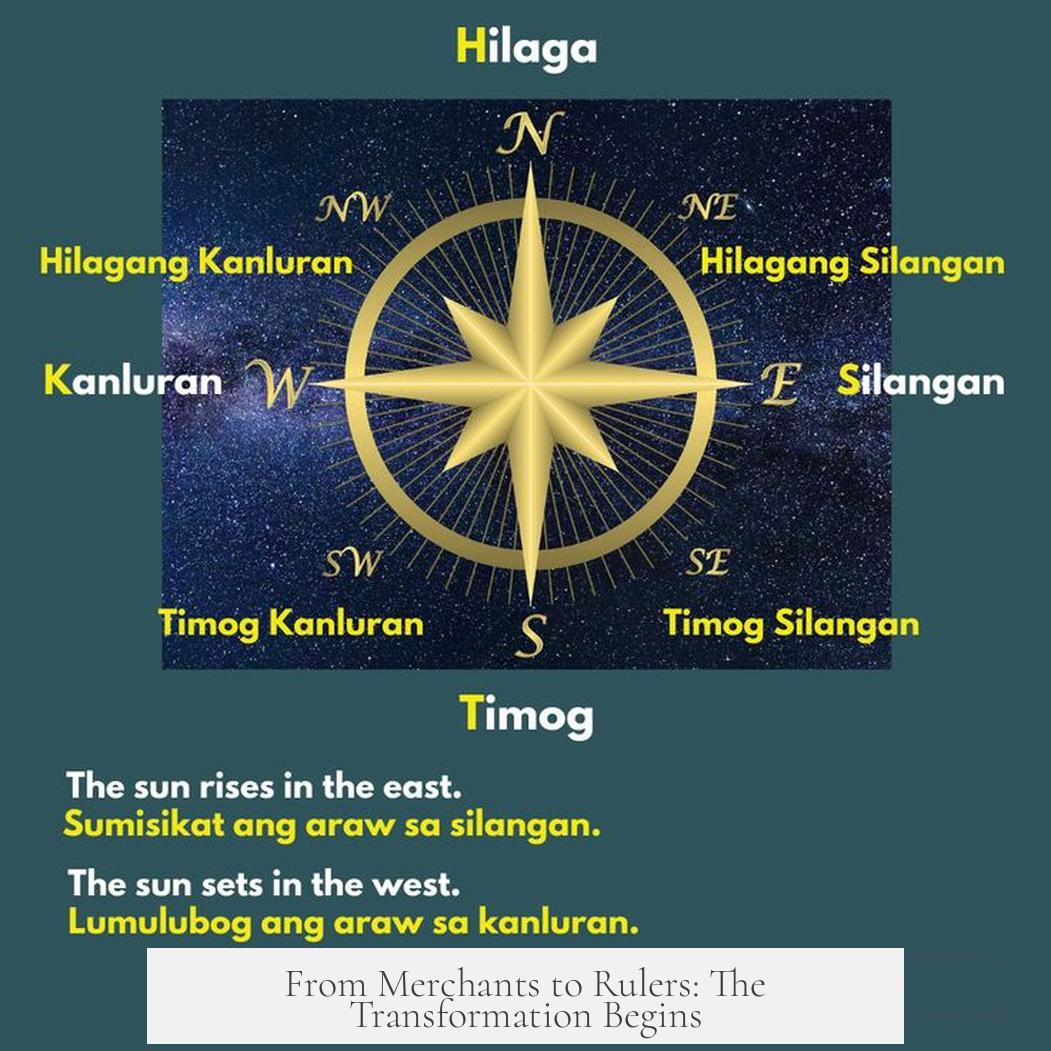
Things get really interesting after 1757. The East India Company wasn’t just trading anymore—it became a territorial power. This shift began with the dramatic conquest of Bengal, a wealthy and populous region in northeast India.
European wars such as the War of Austrian Succession and the Seven Years War spilled into India. The British and French East India Companies turned local Indian rulers into pawns in their struggle for influence. The British East India Company emerged victorious, gaining control over Bengal. This was the moment when the company morphed from traders to sovereign rulers.
Following Bengal, the company gradually expanded its control, clashing with powerful Indian states like the Maratha Confederation, the Mysore Sultanate, and the Sikh Empire. By 1857, it was the formal administrator of nearly all of India and some neighboring regions. From a trading cartel, the company had become a de facto government.
But It Wasn’t Always Smooth Sailing: Financial Storms
Running a private army and a vast bureaucracy cost a ton. By 1773, the company faced serious financial trouble thanks to costly wars and corruption. It was so dire that the British government had to step in to keep it afloat—think of it like corporate bailouts before the term was trendy.
Over time, the company lost its exclusive trade rights—India’s trade monopoly ended in 1813, and by 1833 all trading privileges had vanished. From then on, it became less a merchant corp and more an administrative body managing British interests in India.
The Company’s Legacy: Building the British Raj
Despite these financial woes, the company’s role in establishing British rule over India is undeniable. The events and conquests orchestrated by the East India Company laid the groundwork for the British Raj, officially established in 1858 after the Government of India Act. This act transferred direct control from the company to the British Crown.
In other words, the East India Company helped build the foundation of British India, shaping the subcontinent’s history, economy, and society in ways that echo to this day. The company’s lengthy rule left a mixed legacy—on the one hand modernization and infrastructure, on the other exploitation and conflict.
State and Company: A Symbiotic Relationship
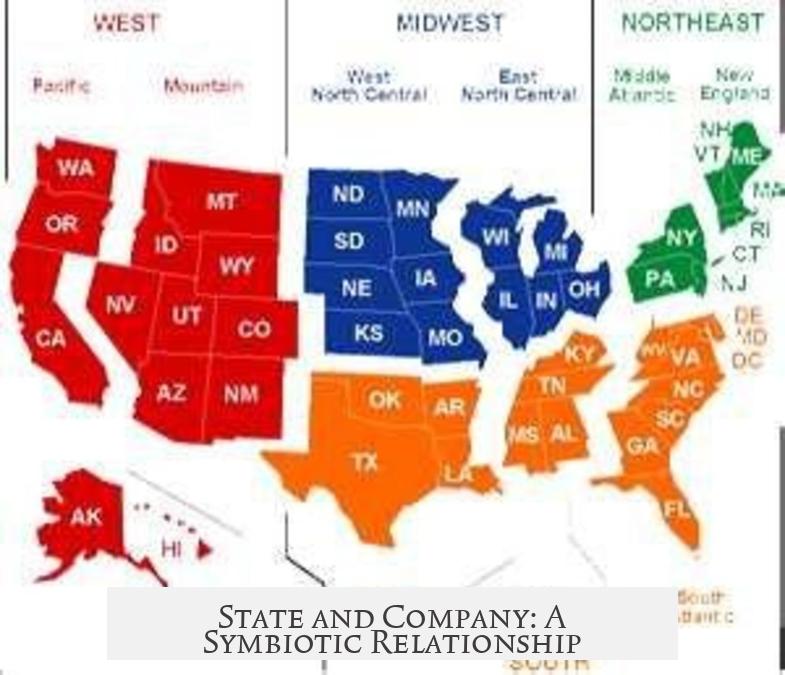
One key to the company’s longevity was its close relationship with the British government. This wasn’t a rogue entity acting solo—it was heavily backed and subsidized by the state. The Crown saw the company as a major revenue source and strategic asset. The company’s financial health and political power were intertwined with the monarchy’s interests.
For nearly 274 years, the East India Company navigated the shifting tides of commerce, politics, and empire with constant state support. That support even saved the company from bankruptcy during its darkest days.
What Can We Learn from the East India Company Story?
Thinking about the East India Company raises many questions: How does a private company turn into an imperial power? What happens when profit motives blend with political and military control? How do state and enterprise partnership shape global history?
This story warns us that when companies accumulate unchecked power, things get complicated fast. The East India Company shows how trade ambitions can lead to territorial conquest, how commerce and colonialism often mix, and how governance can slip from democratic states to monopolistic entities.
In modern contexts, this echoes concerns about multinational corporations and their roles in geopolitics. Though the times have changed, the challenges of balancing profit, power, and ethics remain very current.
Final Thoughts
So, what’s up with the East India Company? It’s a saga of ambition, transformation, and empire-building. An organization that began as a group of merchants became rulers of millions, shaped a continent, and left behind a complicated legacy. Despite its end in 1874, the East India Company’s shadow lingers in history books and many global dynamics today.
Next time you hear about the East India Company, remember it’s not just a dusty old trade firm but a monumental force that helped define an era—and maybe even offers lessons for the future.
